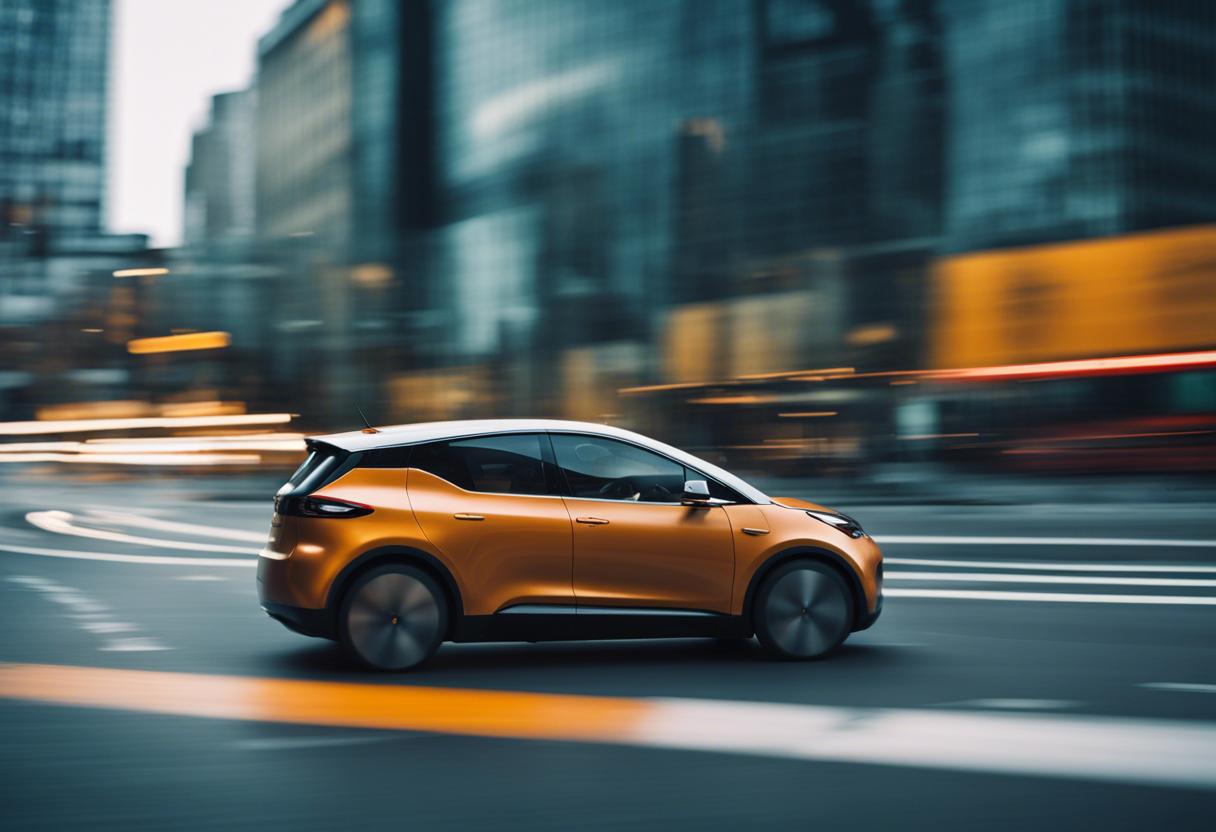Robin Oram posed a noteworthy question about the safety issues around electric vehicles’ (EVs) faster acceleration and quieter noise levels. To the latter part of the question, one may intriguingly find part of the answer in a study from the London School of Hygiene & Tropical Medicine (LSHTM). Examining the UK’s road safety data from 2013 to 2017, their research revealed that in certain scenarios, pedestrians were twice as likely to be hit by hybrid and electric cars as compared to fossil fuel-powered vehicles. This risk was strongest in densely populated urban zones.
The main investigator of the study, Professor Phil Edwards of LSHTM, with an expertise in Epidemiology and Statistics, stated that while EVs were healthier due to reduced air pollution, there was a need for active measures to lower the threat to pedestrians, specifically in brash cityscapes.
The study highlighted preceding focused governmental undertakings for enhancing road safety and proposed that efforts of public information campaigns or the implementation of innovative technology, such as autonomous emergency brakes, could elevate pedestrian safety around electric vehicles.
It should be noted that this study needs to be viewed in light of its context – the data only extended up to 2017, coincidentally the same year which saw the EU Commission lay down new regulations that made it mandatory for EVs and vans to emit a distinctive, forward-facing sound (often a unique humming noise) in order to alert pedestrians at speeds under 18km/h.
Above this speed, the noise produced by an EV almost equals that of a diesel or petrol-powered car, as typical sounds of tyres and wind overshadows engine noises. Many of the hybrid and electric vehicles that were considered in the LSHTM’s study might not have been fitted with such noise emitting devices.
With regard to autonomous emergency braking – a system that identifies a pedestrian in the vehicle’s path and applies maximum brake force – it was only in 2022 that the technology became compulsory as standard equipment. Although some models had previously featured it, a minimal number of vehicles from the 2013-2017 data pool of the study would have included this feature. However, it is now a commonplace feature – despite the fact that not all systems include specific pedestrian detection.
While electric vehicles (EVs) may not always surpass their fossil-fuel counterparts in achieving 100km/h quickly, they generally offer swifter acceleration in the initial stages due to their unique torque delivery – the impression of force one experiences during hard acceleration from a slower velocity.
However, this feature is increasingly becoming a cause for worry. Insurance firm Axa argues that the immediate torque reaction of EVs may result in unexpected, difficult-to-control acceleration. Indeed, available insurance data within Axa’s Swiss operation appears to validate this, demonstrating that EV drivers have a 50% higher likelihood of causing a collision resulting in damages to their car compared to conventional combustion engines.
Added to this, the supplementary weight of EVs is also a concern, demonstrated by a crash test conducted by Axa involving an electric Volkswagen e-Golf and its regular petrol counterpart. Despite sharing similar dimensions, the e-Golf is heavier by a significant 400kg due to the battery and the rigidity requirements of electric vehicles. During the test, the axe fell disproportionately on the petrol Golf, which, owing to the extreme weight differential, suffered quite visibly from more extensive metal damage. The safety cells for occupants in either vehicle remained unscathed, raising questions about the likely impact of such crashes on older vehicles. Axa anticipates that the average weight of new cars will soon surpass two tonnes, hinting at more challenges in the era of EVs.

